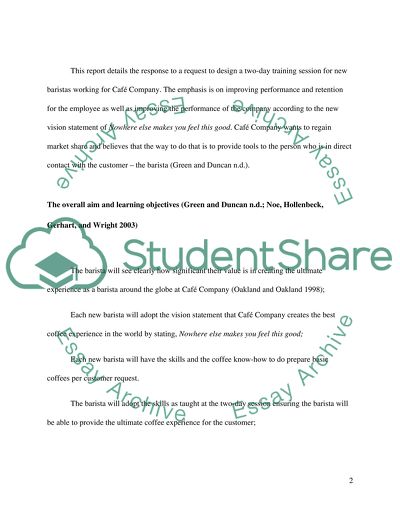Cite this document
(“Intoduction to HRM 3 Coursework Example | Topics and Well Written Essays - 2250 words”, n.d.)
Retrieved from https://studentshare.org/finance-accounting/1413147-intoduction-to-hrm
Retrieved from https://studentshare.org/finance-accounting/1413147-intoduction-to-hrm
(Intoduction to HRM 3 Coursework Example | Topics and Well Written Essays - 2250 Words)
https://studentshare.org/finance-accounting/1413147-intoduction-to-hrm.
https://studentshare.org/finance-accounting/1413147-intoduction-to-hrm.
“Intoduction to HRM 3 Coursework Example | Topics and Well Written Essays - 2250 Words”, n.d. https://studentshare.org/finance-accounting/1413147-intoduction-to-hrm.


